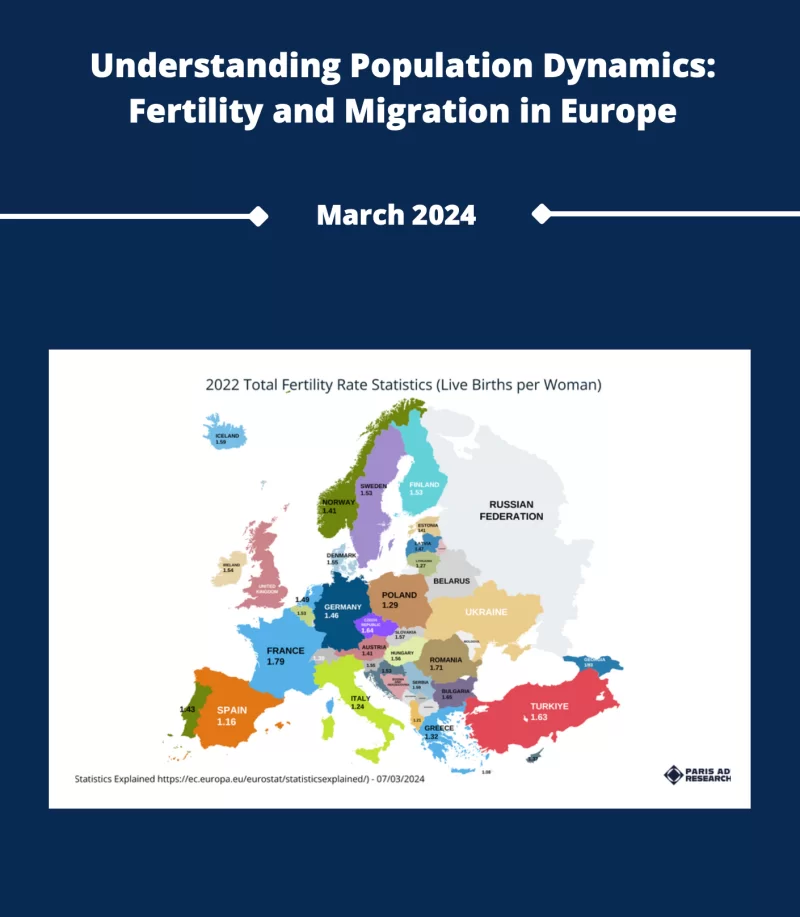
Population dynamics in Europe are shaped by two primary factors: fertility rates and migration patterns. The total fertility rate, which indicates the average number of children per woman, plays a pivotal role in understanding population stability. This rate is influenced by various societal changes, particularly those stemming from modern lifestyles, such as women's employment, career aspirations, religious beliefs, and individual decisions related to family size and timing, as well as the financial considerations associated with childcare, education, and other expenses.
Migration profoundly influences the dynamics of Europe's population. The movement of people across borders brings about shifts in the composition and diversity of populations within European countries. This is evident in the influx of migrants, particularly from Africa, where the Mediterranean Sea has tragically become a perilous route for many attempting to cross. Additionally, migration has been fueled by events such as the Syrian civil war and, more recently, Russian aggression in Ukraine, resulting in a significant number of Syrian and Ukrainians seeking refuge in Europe. These dynamics underscore the complexity of population studies and emphasize the need to consider both academic insights and the lived experiences of individuals affected by migration.
Read the entire file!
Cookies are used on this site to improve the user experience.
By clicking on one of the links, you accept the use of cookies.